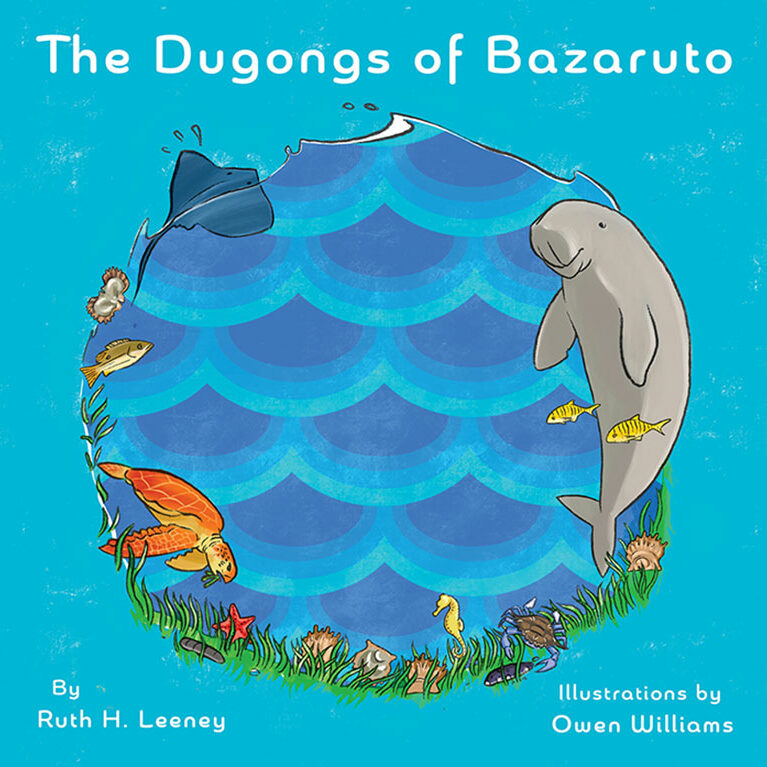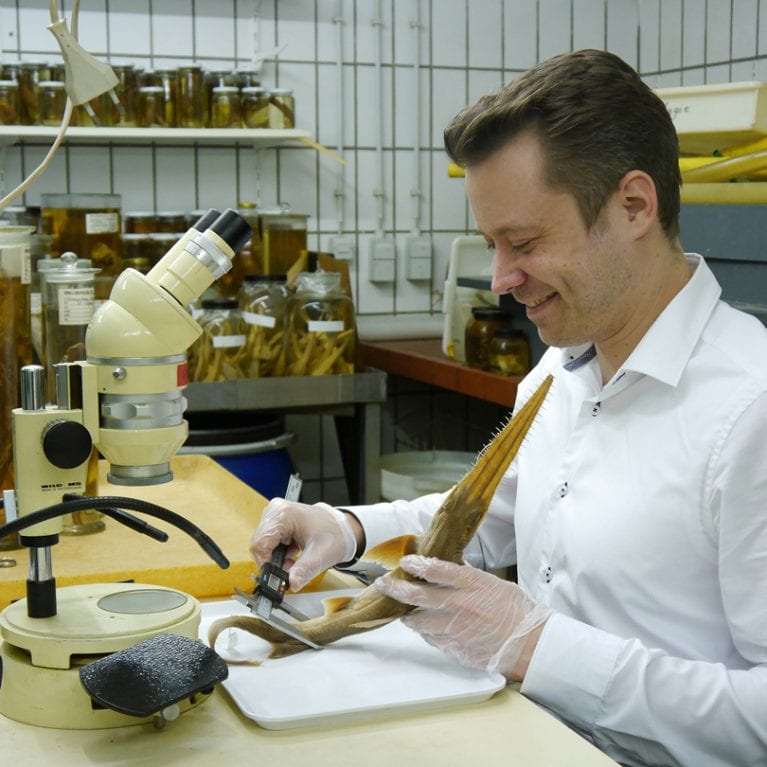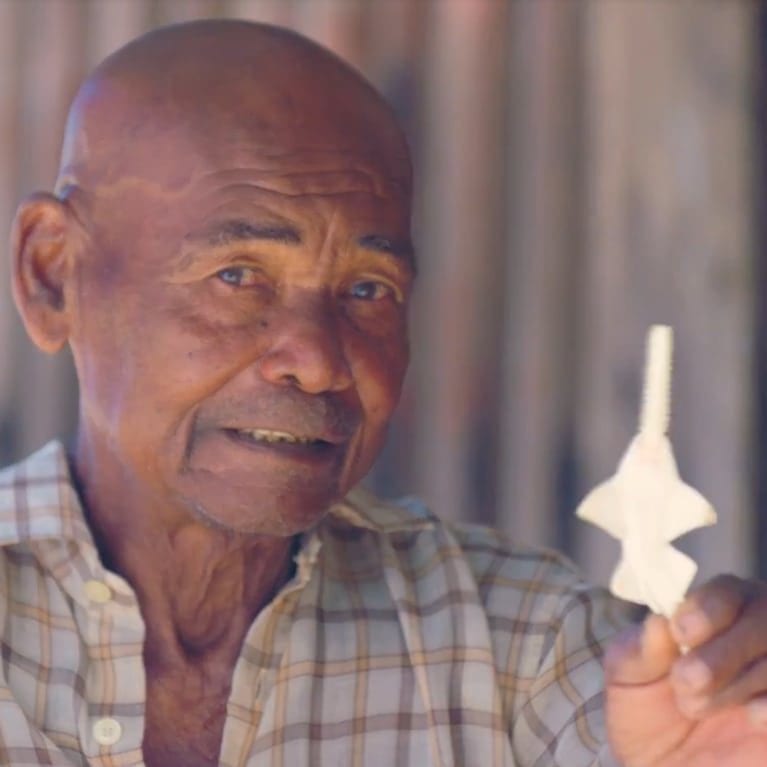Seeking Madagascar’s sawfishes
Based in one of the world’s most unusual and unexplored ecosystems, Ruth aims to unravel the mystery of Madagascar’s sawfishes. Which species are present? What threats do they face? Can communities be convinced to protect them?



Documenting and protecting critically endangered sawfishes in Madagascar
The general aim of this project is to assess the status of sawfishes in Madagascar and to initiate the development of conservation and management plans for sawfishes in the region.
Sawfishes are critically endangered worldwide and face a number of threats throughout their range, including accidental capture in nets, targeted capture for the shark-fin trade, and the loss of their mangrove and riverine habitats. In African waters, there is a paucity of up-to-date data on existing sawfish populations, but many historical populations are now known to be extinct. It is thus essential to find and document any remaining sawfish populations in this region and to develop effective plans for their protection and longer-term monitoring. This project addresses many of the proposed objectives in the Sawfish Global Strategy for Conservation.
As mentioned, there are few data on existing sawfish populations in Africa. In Madagascar, anecdotal information from a number of sources, including fishermen, a tour operator and staff of a local NGO, suggests that sawfishes are present on the north-west coast of the country. A sea cucumber fisherman diving off Nosy Be encountered and was injured by a sawfish and Japanese researchers caught several sawfishes (then classified as Pristis microdon) in the Betsiboka River in 2001, further supporting the premise that sawfishes inhabit this general region.
This project does not address a specific threat but rather aims to address the gap in knowledge about sawfishes in Madagascar by collecting the first comprehensive dataset on sawfishes in west and north-west Madagascar, including data on the species present, the habitats where they can be found, the threats they face, and the cultural and economic importance of sawfishes to local communities. Sawfishes are culturally important in many parts of the world, and such importance should be integrated into conservation and management plans, as it can help to make them more effective. Conservation challenges will include loss of habitat through mangrove deforestation, but also, potentially, fisheries for sawfishes, which may contribute considerably to the livelihoods of artisanal fishers in the region. If the latter is the case, this project will draw on previous case studies to identify alternative livelihoods, such as aquaculture or tourism, and alternative fishing methods, to facilitate a reduction in fishing pressure on sawfishes.
The aims and objectives of this project are to:
- Assess known locations of remaining sawfish populations through a network of data collectors on the west coast Madagascar, and through in-depth field research in north-west Madagascar.
- Collect detailed data on sawfishes, from rostra, and where possible, from live specimens, to confirm the species and age classes present and the specific habitats where they can be found.
- Assess the cultural and socio-economic importance of sawfishes to communities in north-west Madagascar, and if sawfishes contribute significantly to livelihoods, to initiate discussions into alternative livelihood options for these communities.
- Develop a reporting network that builds on Blue Venture’s community-based shark monitoring system using smart phones in Madagascar. Work with Blue Ventures to integrate sawfish monitoring into their on-going mangrove project activities in north-west Madagascar.
- Hold an initial meeting with local government and fisheries authorities to present the findings of this project and to highlight the importance of protecting remaining sawfish populations with a view to later developing a national conservation strategy for sawfishes.
